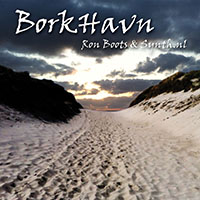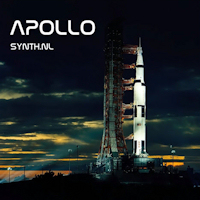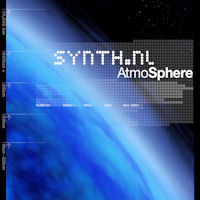Another very critical and not so easy part of building the K8200 3D printer is assembling the hot end. This is where is plastic eventually will be heated to 190 degrees C with PLA and even higher with ABS. To keep the temperature steady a tiny NTC has to be inserted in a very small whole in the heater. The wires are about as thin as a hair and you have to solder them to the thicker wire, put heat resistant tube around it and make sure none of the leads touch each other and don't touch the copper either.
 If you make a mistake here or don't insert the NTC resistor properly in the whole your temperatures will be off and your prints will fail. You need a lot of patience here :) On the right is a picture of the whole hot end. It is actually up side down. Eventually the plastic flow from the little hole on top of the copper nozzle. This is the print head and it will be about 0,25 mm from the print bed. Another remark is in the manual that you need to tighten all of this very good to prevent leakage that will be unrepairable and will cost you a new hot end. So again. Patience and check and double check everything.
If you make a mistake here or don't insert the NTC resistor properly in the whole your temperatures will be off and your prints will fail. You need a lot of patience here :) On the right is a picture of the whole hot end. It is actually up side down. Eventually the plastic flow from the little hole on top of the copper nozzle. This is the print head and it will be about 0,25 mm from the print bed. Another remark is in the manual that you need to tighten all of this very good to prevent leakage that will be unrepairable and will cost you a new hot end. So again. Patience and check and double check everything.
The it is time to install the control board and solder all the wires. Not a very exiting job but again you need patience and some soldering skills. The manual is quite extensive about which wire goes where and shows a lot of pictures. So if you follow along carefully you can't go wrong there. When you are finished you wrap everything up neatly with some tie raps and you can do some sanity checks with your multimeter to see if there is no short circuits anywhere.
And then you are done building, but not finished by far. The first step is calibrating the stepper motor voltages. You need a multimeter and a very small screw driver for this and again patience :) Then you test the switches with the multimeter and measure the NTC's. And then the famous smoke test. Hook up the power, watch the leds and see if nothing smokes. When that is done it is time for some actual testing from the software and seeing if all the motors run and if the calibration works. So far so good. I'm happy to say that everything was working for me the first time. But the story isn't over yet :) The hardest part turned out still to come. More on that soon.
 If you make a mistake here or don't insert the NTC resistor properly in the whole your temperatures will be off and your prints will fail. You need a lot of patience here :) On the right is a picture of the whole hot end. It is actually up side down. Eventually the plastic flow from the little hole on top of the copper nozzle. This is the print head and it will be about 0,25 mm from the print bed. Another remark is in the manual that you need to tighten all of this very good to prevent leakage that will be unrepairable and will cost you a new hot end. So again. Patience and check and double check everything.
If you make a mistake here or don't insert the NTC resistor properly in the whole your temperatures will be off and your prints will fail. You need a lot of patience here :) On the right is a picture of the whole hot end. It is actually up side down. Eventually the plastic flow from the little hole on top of the copper nozzle. This is the print head and it will be about 0,25 mm from the print bed. Another remark is in the manual that you need to tighten all of this very good to prevent leakage that will be unrepairable and will cost you a new hot end. So again. Patience and check and double check everything.The it is time to install the control board and solder all the wires. Not a very exiting job but again you need patience and some soldering skills. The manual is quite extensive about which wire goes where and shows a lot of pictures. So if you follow along carefully you can't go wrong there. When you are finished you wrap everything up neatly with some tie raps and you can do some sanity checks with your multimeter to see if there is no short circuits anywhere.
And then you are done building, but not finished by far. The first step is calibrating the stepper motor voltages. You need a multimeter and a very small screw driver for this and again patience :) Then you test the switches with the multimeter and measure the NTC's. And then the famous smoke test. Hook up the power, watch the leds and see if nothing smokes. When that is done it is time for some actual testing from the software and seeing if all the motors run and if the calibration works. So far so good. I'm happy to say that everything was working for me the first time. But the story isn't over yet :) The hardest part turned out still to come. More on that soon.













No comments:
Post a Comment